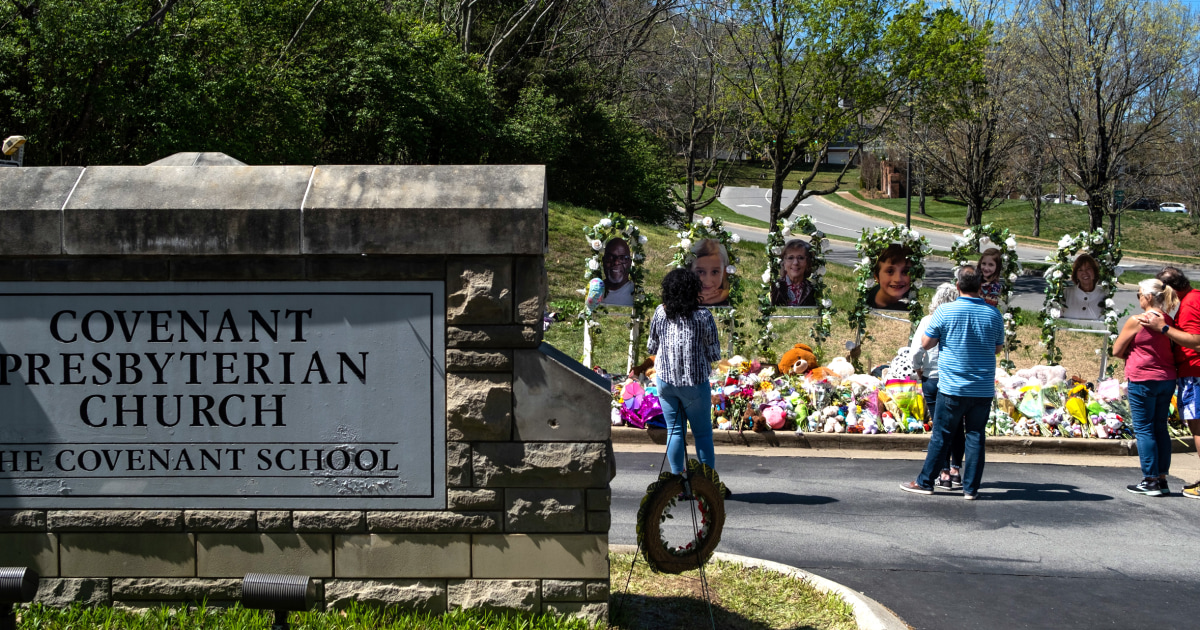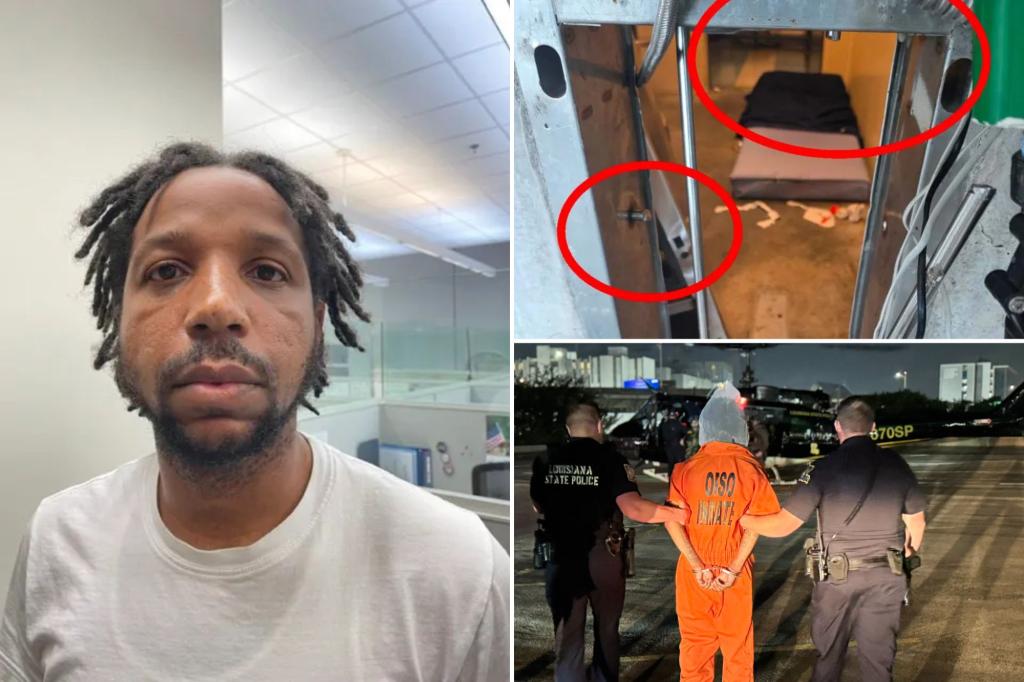Unmasking the Motive: Nashville School Shooter’s Pursuit of Infamy
On March 27, 2023, a 28-year-old assailant armed with multiple firearms stormed The Covenant School in Nashville, Tennessee, killing three children and three staff members before being fatally shot by police. Investigators now reveal the shooter was primarily motivated by a disturbing quest for notoriety—a revelation that reignites debates about mental health, media influence, and societal responses to mass violence.
The Psychology Behind Infamy-Seeking Violence
Forensic psychologists analyzing the shooter’s writings describe a textbook case of “celebrity-seeking mass homicide,” a phenomenon documented in over 20% of U.S. school shootings since 2000. Dr. Sarah Whitman, a criminal behavior specialist at Vanderbilt University, explains: “These perpetrators often study previous attacks like blueprints, believing violence is their only path to recognition. The digital age amplifies this through 24/7 news cycles and social media echo chambers.”
Key findings from the shooter’s manifesto include:
- Direct references to 2012 Sandy Hook and 1999 Columbine attackers
- Detailed plans to maximize media coverage
- Calculated timing to coincide with legislative debates on gun control
The Contagion Effect: How Media Fuels Copycat Crimes
A 2022 American Journal of Psychiatry study found that mass shootings increase the probability of similar events within 13 days by 30%. The Nashville case exhibits three contagion risk factors identified by researchers:
- Extensive perpetrator coverage: 78% of major networks initially led with the shooter’s identity
- Sensationalized imagery: Repeated use of security footage and crime scene photos
- Detailed methodology reporting: Specific accounts of weapons and tactics used
“We’re caught in a vicious cycle,” warns media ethicist Carlos Mendez. “Every front-page headline and viral tweet about the perpetrator delivers exactly what they want—immortality through infamy.” Some outlets have adopted the “No Notoriety” protocol developed after the Aurora theater shooting, which minimizes naming or depicting attackers.
Mental Health Crisis or Cultural Sickness?
While the shooter reportedly had a diagnosed emotional disorder, experts caution against oversimplification. “Mental illness alone doesn’t explain these acts,” says Dr. Rebecca Cho of the National Violence Prevention Institute. “Our research shows that 98% of people with mental health conditions are non-violent. The critical factor is the lethal combination of personal grievance, access to weapons, and cultural scripts that equate violence with power.”
Statistical comparisons reveal troubling patterns:
- U.S. mass shootings occur at 25 times the rate of other developed nations
- 80% of school shooters explicitly reference seeking fame
- Attackers under age 25 have increased 140% since 2010
Prevention Strategies: What Works?
Several approaches show promise in reducing infamy-driven violence:
1. Responsible Media Guidelines: The nonprofit No Notoriety advocates focusing coverage on victims and heroes rather than perpetrators. Early data suggests this reduces copycat incidents by up to 40%.
2. Threat Assessment Programs: Schools implementing the U.S. Secret Service’s Bystander Reporting System have prevented 90% of planned attacks through early intervention.
3. Architectural Deterrents: Simple measures like single-entry points and bullet-resistant glass can delay attackers long enough for law enforcement response.
A Path Forward: Society’s Role in Breaking the Cycle
As Nashville mourns, community leaders emphasize proactive solutions. “We must starve these predators of the oxygen of publicity while addressing root causes,” says Mayor John Cooper. Proposed measures include:
- State funding for anonymous tip lines
- Mandatory media literacy education
- Enhanced psychiatric crisis response teams
The tragedy underscores an uncomfortable truth: in the digital era, infamy has become a form of currency. “Until we change how society rewards attention—whether through likes or news coverage—the incentive structure for violence remains,” concludes Dr. Whitman. For those seeking to make a difference, supporting organizations like Sandy Hook Promise or advocating for responsible media policies offers concrete ways to honor victims without amplifying their killers.
See more Update My News



